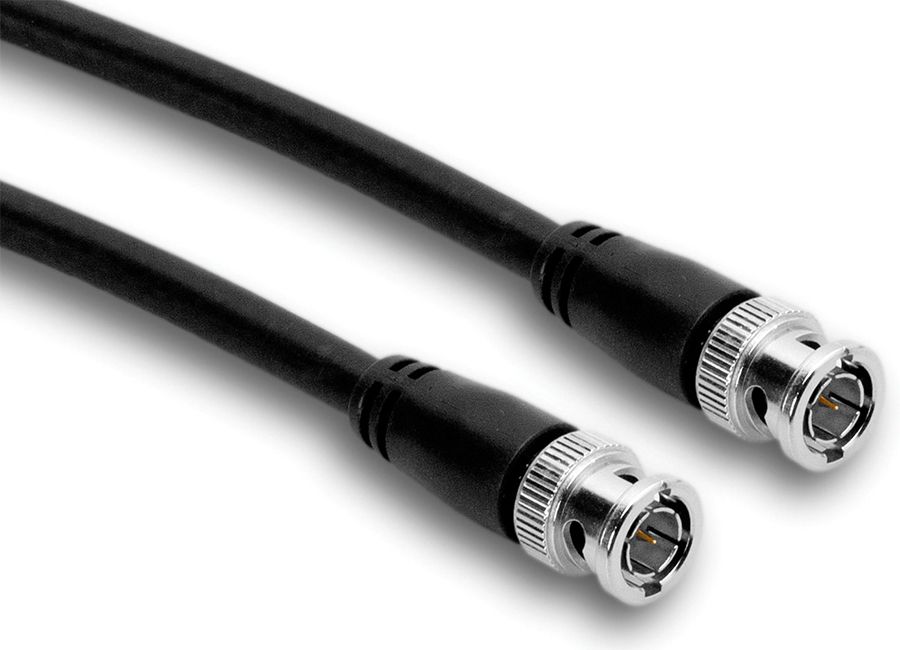

SMPTE frame rates (things like 30fps, 29.97 drop, non-drop, and so forth) are timecode issues-they have nothing to do with Word Clock. The main thing I wanted was to avoid any WC flipping/repatching when I change modes from record to playback! (You can see a detailed wiring diagram of my studio's analog and digital connections by going to the Acoustic Legacy Studios web pages. These devices recover their WC from the S/PDIF stream. The DAT and CD burner are connected to the DigiPatch's S/PDIF stream via either optical or coax connections. A Hosa ODL-312 converts AES/EBU to optical S/PDIF (in both directions) so that it can easily connect to the M-Audio DigiPatch patcher. Word Clock comes along with the data on every AES/EBU stream: thus the DA7 always transmits a copy of WC out the AES/EBU line to the 2-track-A connection. The first DA-38 locks to the clock coming down the TDIF-1 cable from the DA7 the slave DA-38 locks to to the master's WC via the SYNC connection. I run the DA7 on its internal clock (thus it's the master, or house clock).

Word Clock settings are not stored with, and don't change with Scene Memory changes.Īt one time in my studio, the only digital audio devices were the two Tascam DA-38s, the DA7 mixer, a Tascam DA-30 DAT, and Marantz CDR-630 CD burner. Alternatively, it can slave to an incoming WC signal via the rear-panel BNC connector using the BNC connectors, one can route WC through the DA7, enroute to another digital audio device in the studio. It can slave to incoming clock on any of the digital inputs: TDIF, Lightpipe, or AES/EBU cards, or the 2-Track-A input. With rare exception, there is one device designated as the Word Clock Master (referred to as House Clock) in the studio all other digital audio devices slave to House Clock. Word Clock merely takes care of the transmission of digital audio via TDIF, AES/EBU, S/PDIF, or ADAT Lightpipe connections. Timecode indicates where you are in a recorded song, or perhaps where in a film you are. It is not timecode, which is used to indicate your place in the program material. Word Clock is a handshake signal, typically running at 44.1KHz or 48KHz, used to signal the timing of digital audio data words.


 0 kommentar(er)
0 kommentar(er)
